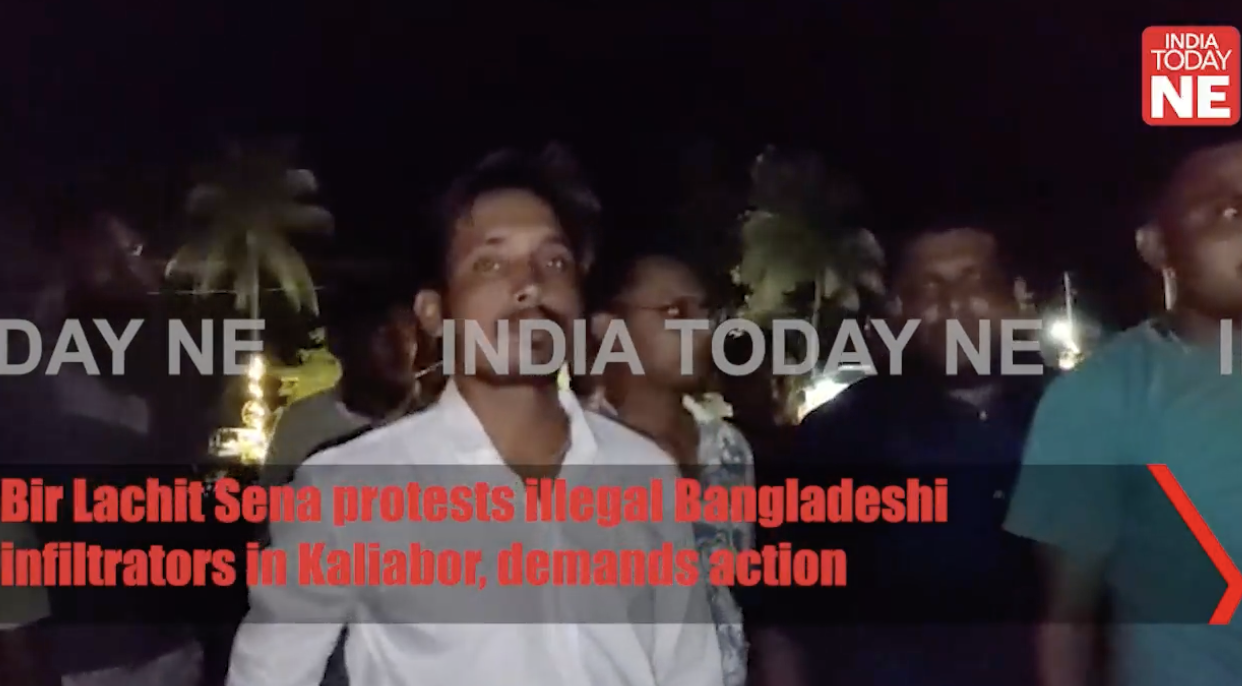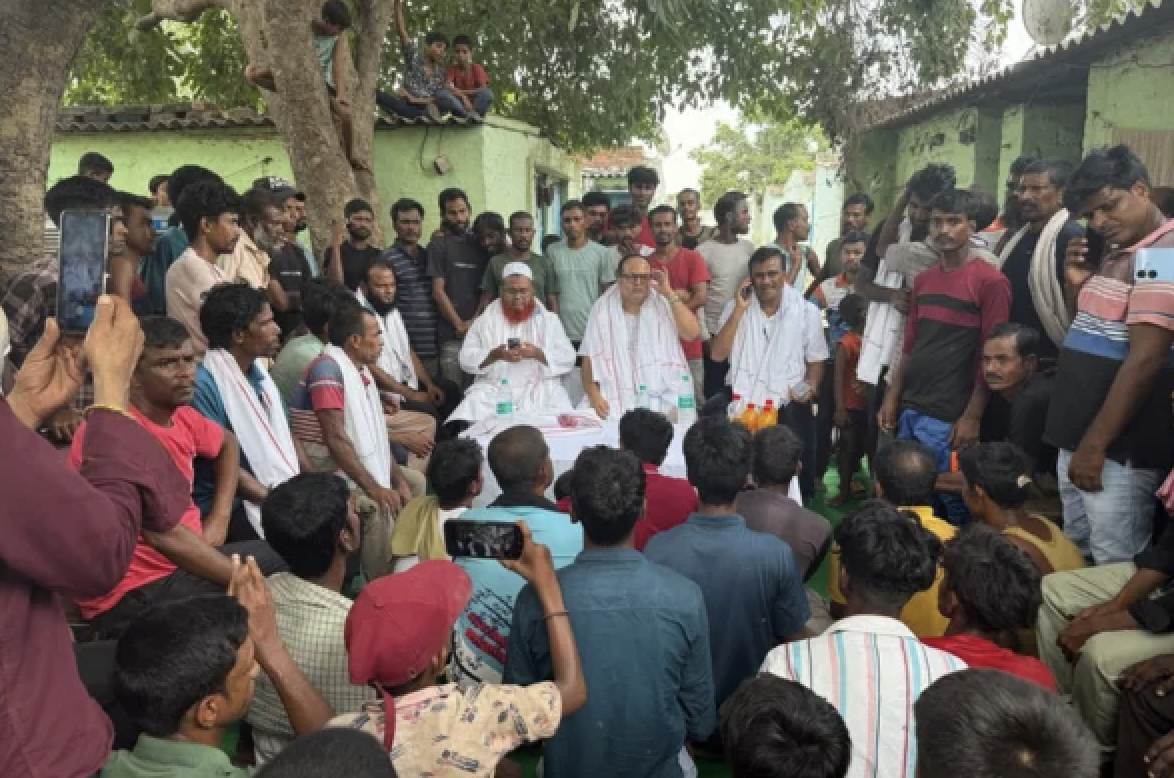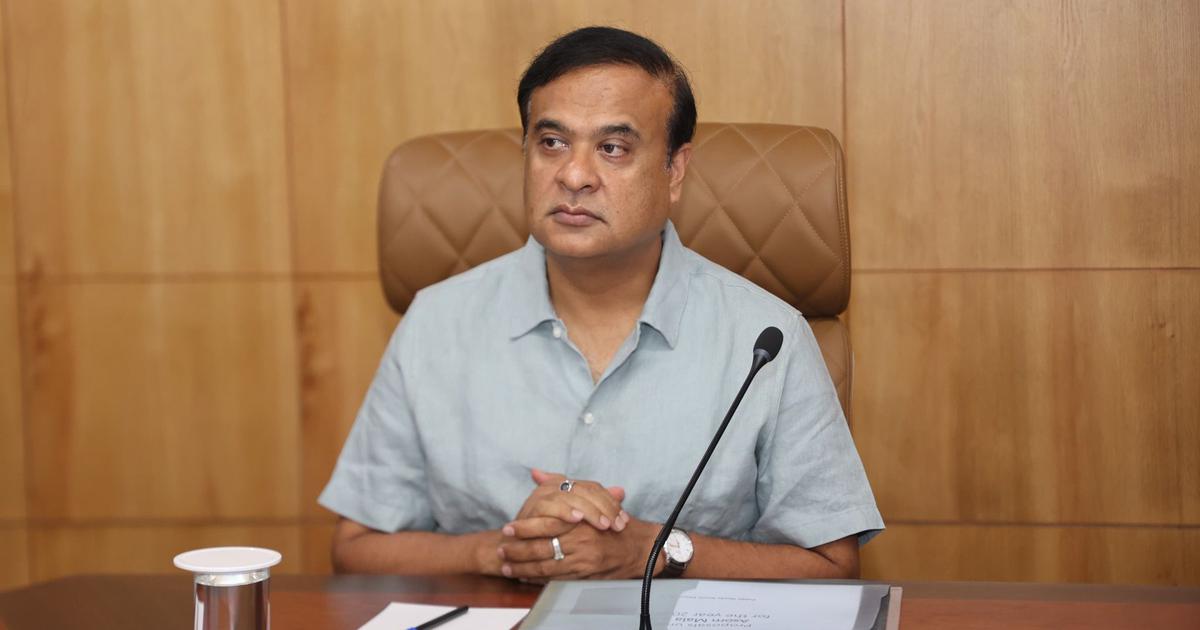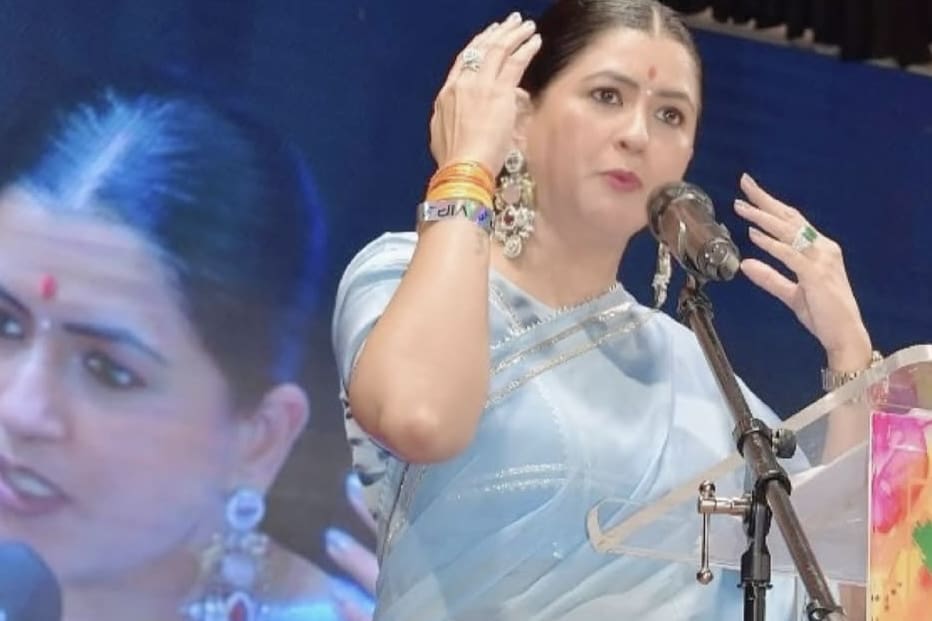By Ayush Tiwari
Rajendra Saygaonkar’s memory of December 6, 1992, is still vivid. A dozen men, including him, held a heavy block of concrete and ran it into the walls of the Babri mosque like a battering ram. He was then a 22-year-old member of the Akhil Bharatiya Vidyarthi Parishad, or ABVP, the student wing of the Bharatiya Janata Party. He had arrived in Ayodhya from Mumbai just four days before.
“After attacking the wall below, I saw a rope and climbed up to the top of the mosque,” recalled 54-year-old Saygaonkar. “There were thousands of young men near the mosque that day, full of energy and very aggressive. One dome had already caved in. When I reached the top, I did not have anything with me. So I borrowed a piece of rock from a man and kept smashing the dome.”
This was a strategic error, said Saygaonkar. “It was more effective to bring down the dhancha [the structure] by attacking its base.” Nearly an hour later, the dome collapsed, and with it, the ABVP member and his fellow kar sevaks. When he woke up, he was in a hospital in Faizabad, with a leg injury.
Ram Kumar Das, 79, was watching the demolition from 50 metres away. Then a local BJP councillor, he was in charge of supplying drinking water to the congregation of kar sevaks who had been mobilised by BJP-RSS leaders who addressed them from a building nearby. “Deep inside, we wanted to take down the dhancha,” said Das, who was born in Begusarai in Bihar but settled in Ayodhya in 1966. “But I had no idea that it would actually be demolished. There was no such plan.”
‘No police official harassed us’
In 2009, the Liberhan Commission, set up to investigate the demolition, said that more than 75,000 men surrounded the mosque on December 6.
Two of them were Kamala Das and Ayodhya Das, who eventually settled in Ayodhya as sadhus.
This story was originally published in scroll.in. Read the full story here .






